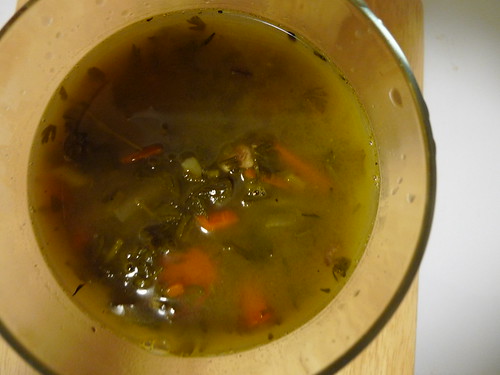Call it pan-bagnat or Niçoise salad in a bun–I’m calling it a tuna sandwich.
The weather turned over the weekend and we scrambled for last-minute plans on Saturday morning. I woke the Dr. from a deep slumber to see if he wanted to get out of the city and hike. He wasn’t very happy when I found out that the last available Zip Car was parked in the garage five blocks from my apartment. He was grumbling when I fed him congee with preserved duck egg for breakfast; he was still grumbling when he drove almost an hour up to Cold Spring; and I swear he was still grumbling as we struggled up big rocks on Breakneck Ridge.
I had prepared these tuna sandwiches while waiting for him to pick me up. He was expecting a packed lunch in return after being disturbed from his otherwise uneventful Saturday, but I don’t think he knew he was going to get a very good one. I was glad when he couldn’t stop complimenting me about them. They not only woke him up; he didn’t mind having someone push him into having a good weekend after that.
Ingredients:
1 can of good tuna in olive oil
3 bread rolls, halved
2 eggs, hard-boiled, sliced
1 tomato, sliced
several pieces of olives, pitted
1 small red onion, sliced
a handful of maché or arugulaFor the dressing:
2 anchovy fillets, minced
2 garlic cloves, minced
1 tsp red wine vinegar
1/2 tsp Dijon mustard
oil, salt, pepper1. In a small bowl, mix together the dressing ingredients except for the oil. Slowly drizzle in oil, whisking constantly.
2. Spread some of the dressing on one half of the bread. Top with tomato and onion slices, then with tuna, olives, greens and egg slices. Drizzle the remaining dressing. Cover with second bread half and firmly press sandwich together.
3. Wrap sandwich tightly in foil, waxed paper or plastic wrap, then place in a plastic bag. Put sandwich under a weight such as a heavy book. Unwrap, slice and serve immediately.
Related post/s:
The perfect hungover breakfast: congee with preserved duck egg








